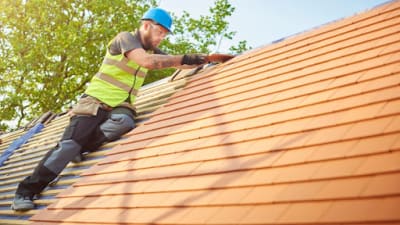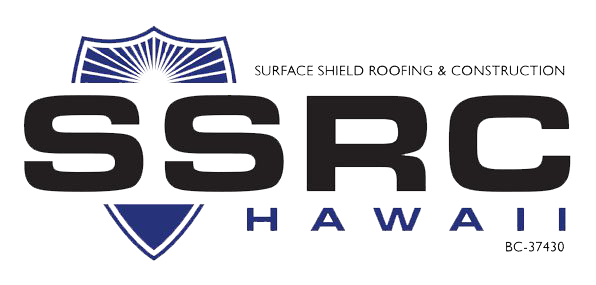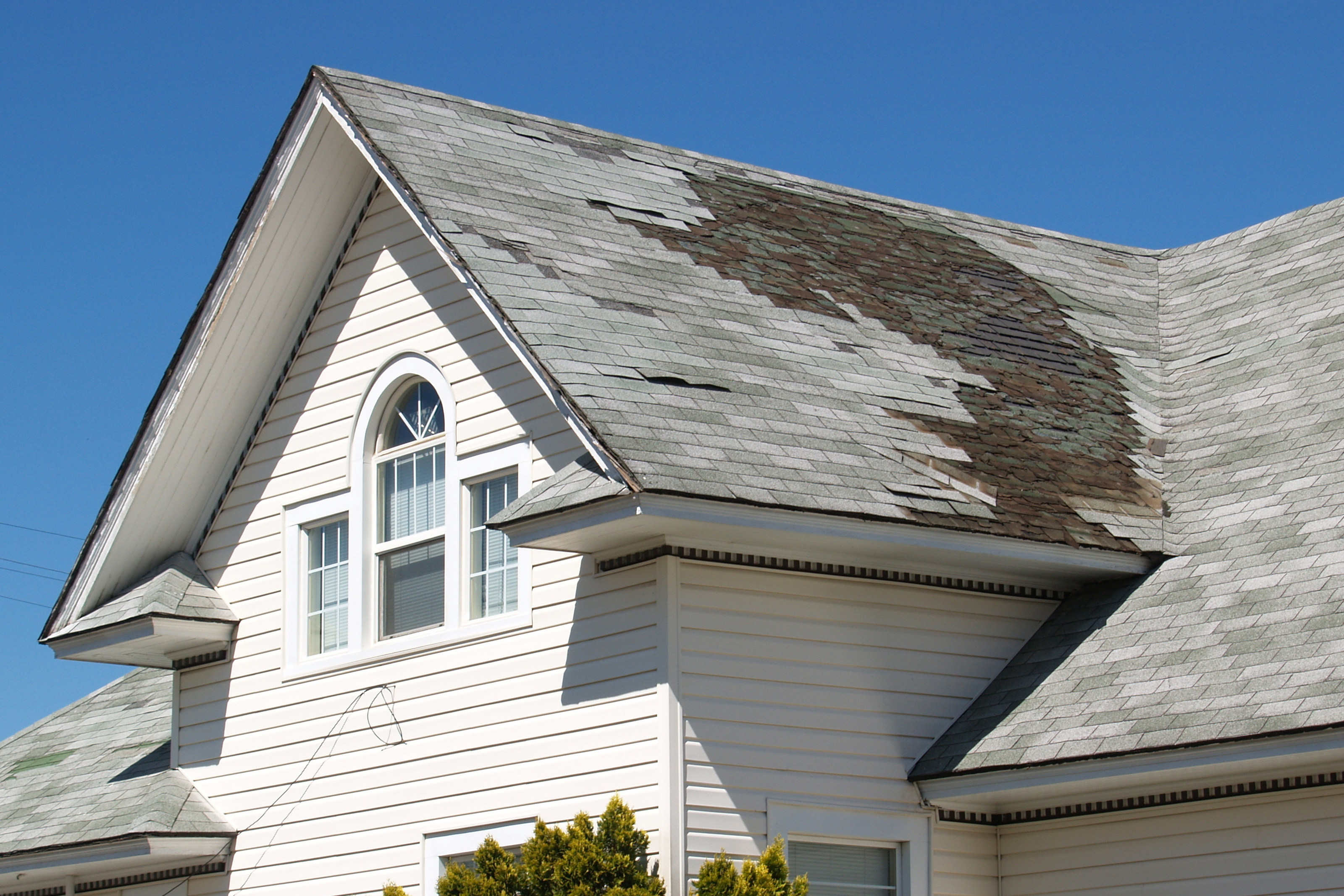Oahu Roofing: Comprehensive Roofing Solutions in the Oahu Location
Oahu Roofing: Comprehensive Roofing Solutions in the Oahu Location
Blog Article
Understanding the Different Sorts Of Roofing Systems: A Comprehensive Guide for Homeowners
In the world of homeownership, picking the ideal roof covering style is a decision that carries considerable implications for both functionality and aesthetic allure. With a selection of alternatives-- varying from the typical gable to the contemporary flat-- each type presents one-of-a-kind benefits and obstacles that must line up with the home owner's certain requirements and ecological considerations. Recognizing these differences not only aids in making an enlightened choice yet likewise influences long-term upkeep and energy performance. As we check out the details of numerous roofing system types, it ends up being evident that dimension does not fit all; the right selection might amaze you.
Saddleback Roof
Saddleback roofs, characterized by their triangular form, are among one of the most popular roof covering styles because of their simpleness and performance in shedding water and snow. This design features 2 sloping sides that meet at a ridge, permitting for efficient water drainage and reducing the threat of water buildup. The high pitch commonly related to gable roofings enhances their capability to manage hefty precipitation, making them suitable for numerous environments.
Along with their functional benefits, saddleback roofs supply aesthetic convenience. They can be adjusted to various architectural styles, from typical to modern homes. The design can likewise fit extra attributes such as dormer home windows, which enhance all-natural light and air flow in the attic area.
Additionally, gable roof coverings provide ample room for insulation, adding to energy performance. House owners can pick from a range of roof materials, consisting of asphalt tiles, steel, and ceramic tiles, additionally improving personalization choices.
In spite of their advantages, saddleback roofs might call for added assistance in areas susceptible to high winds or heavy snowfall. In general, the saddleback roof stays a favored choice as a result of its mix of performance, longevity, and visual charm.
Apartment Roofs
Flat roofs are often identified for their minimal design and sensible applications, specifically in industrial and industrial setups (oahu roofing). These roofings feature a nearly horizontal or straight surface area, which enables very easy building and construction and flexible space usage. While they may do not have the aesthetic appeal of angled roofs, level roofing systems provide countless advantages, particularly in urban environments where making best use of area is essential
One of the primary advantages of flat roofings is their ease of access. Homeowners can make use of the roofing space for different purposes, such as roof gardens, balconies, or photovoltaic panel setups. Additionally, level roofs are normally much more cost-efficient to keep and set up contrasted to their sloped equivalents, as they require less materials and labor.
Usual products made use of for level roofs consist of built-up roof covering (BUR), changed bitumen, and single-ply membrane layers, each offering distinct advantages. On the whole, level roofing systems offer as a functional and adaptable choice for several homeowners and businesses alike.
Hip Roof Coverings
Hip roof coverings are identified by their sloped sides that converge at the top, forming a ridge. This layout stands out from saddleback roofs, as all 4 sides of a hip roof covering incline downwards toward the wall surfaces, giving a much more steady structure. The angle of the inclines can differ, permitting adaptability in building aesthetic appeals and capability.
Among the primary benefits of hip roof coverings is their capability to stand up to hefty winds and unfavorable climate condition. The sloped surface areas enable better water drain, decreasing the risk of leaks and water damages. Furthermore, hip roof coverings offer raised attic room area, which can be utilized for storage space or also transformed right into habitable locations.
Nevertheless, building a hip roof covering can be a lot more pricey and complicated than simpler roofing types, such as saddleback roofs. The added material and labor involved in creating the slopes and guaranteeing correct architectural stability can lead to greater expenditures. Despite these downsides, lots of home owners prefer hip roofing systems for their longevity, aesthetic appeal, and possibility for power efficiency.
Mansard Roofings
Mansard roofs, commonly acknowledged by their distinct four-sided design, attribute 2 inclines on each side, with the reduced incline being steeper than the top. This architectural design, stemming from France in the 17th century, is not only aesthetically appealing however functional, as it takes full advantage of the functional area in the top floorings of a structure. The steep lower incline enables even more headroom, making it a perfect choice for lofts or attic rooms, which can be transformed right into living areas.
Mansard roofing systems are defined by their flexibility, accommodating different architectural designs, from standard to modern. They can be constructed with different products, including asphalt roof shingles, slate, imp source or metal, giving property owners with a series of alternatives to suit their budget plans and preferences. Additionally, the design permits the integration of dormer home windows, boosting all-natural light and ventilation in the top levels.
Nonetheless, it is vital to consider the possible drawbacks. Mansard roofing systems might call for even more upkeep as a result of the intricacy of their style, and their high slopes can be challenging for snow and rainfall runoff. Generally, mansard roofing systems combine beauty with functionality, making them a preferred selection amongst house owners seeking distinctive building functions.
Lost Roofs
As homeowners progressively look for simplicity and functionality in their architectural layouts, dropped roofs have actually become a prominent option. Identified by a single sloping aircraft, a shed roofing system offers a minimal visual that matches different home designs, from contemporary to rustic.
One of the key benefits of a shed roof covering is its straightforward construction, which typically converts to reduce labor and material expenses. This style permits efficient water drainage, minimizing the risk of leakages and water damages. In addition, the vertical slope gives adequate area for skylights, enhancing all-natural light within the inside.
Dropped roofs likewise offer adaptability in terms of usage. They can be effectively incorporated into additions, garages, or exterior frameworks like sheds and pavilions. Moreover, this roofing design can fit different roof covering materials, including steel, asphalt roof shingles, or perhaps eco-friendly roofs, lining up with eco-friendly campaigns.
However, it is crucial to think about local environment problems, as heavy snow lots might necessitate adjustments to the roofing's angle or structure. In general, shed roofs provide a useful and cosmetically pleasing option for home owners looking to maximize capability without compromising design.
Final Thought


Gable roofings, identified by their triangular form, are amongst the most prominent roof designs due to their simplicity and performance in losing water and snow. oahu roofing. The steep pitch generally linked with gable roofings enhances their capability to deal with hefty rainfall, making them appropriate for different climates
While they might lack the visual allure of pitched roofings, flat roofs supply various see this site benefits, specifically in metropolitan environments where making best use of area is essential.

Report this page